Close your eyes for a moment and listen to the space you are in. Maybe you hear colleagues talking in the hall, the purr of a hard disc spinning, rain hitting the window, or when in the field the humming of a research vessel’s engine, with the hint of breaking waves against your cabin window. The world around us is full of sound and we are often only partly aware of the important role it plays in the perception of our environment and the information we implicitly derive from it.
The Most Important Sense Underwater
For animals, often even stronger relying on sound than humans, the soundscape is key to obtain information from their environment, which can range from danger to courtship. Detection of such environmental sounds can mean survival, reproduction or a foraging opportunity. In underwater
environments, sound is often the most important sense through which animals relate with their environments, given that sound propagates well in water and visibility is often severely restricted. When listening underwater with a hydrophone in polar areas, there are complex symphonies of seasonal ice
melt, calling seals, singing whales and stranding icebergs to be heard everywhere. Sound is the heartbeat of the biosphere and measuring the sounds within ecosystems and habitats can therefore reveal a lot about the condition of the realm.
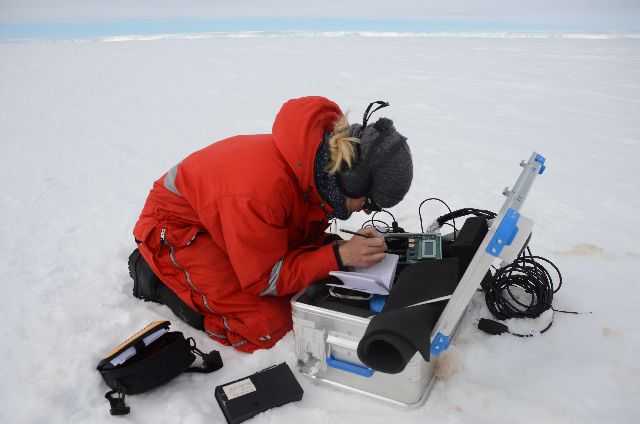
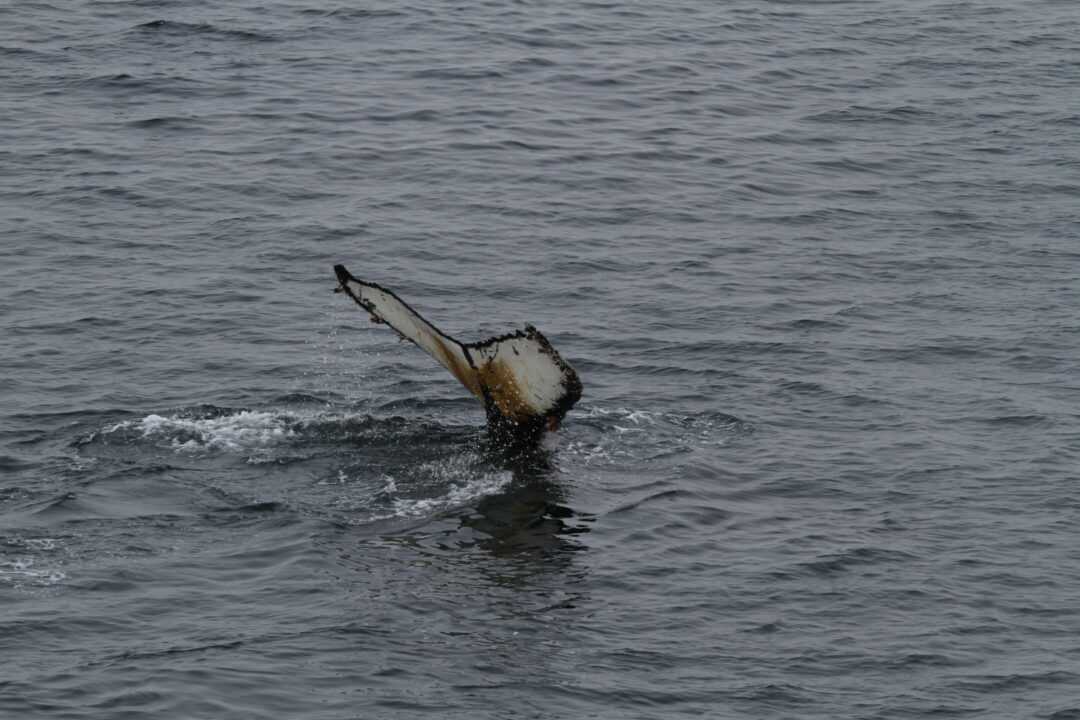
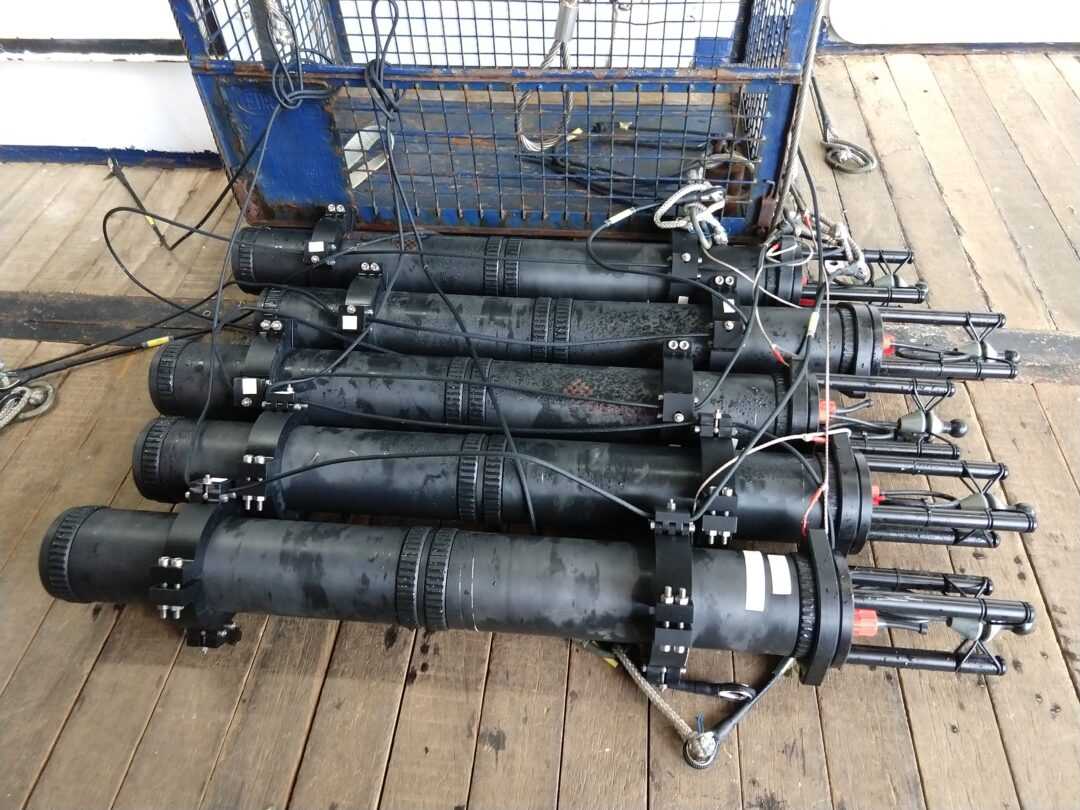
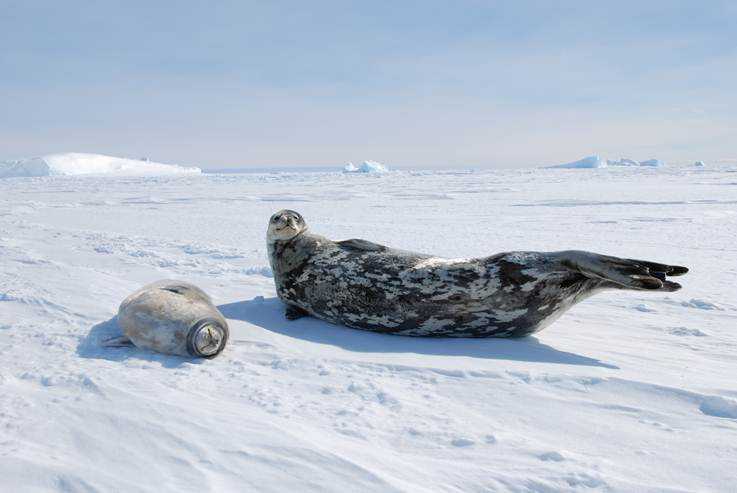
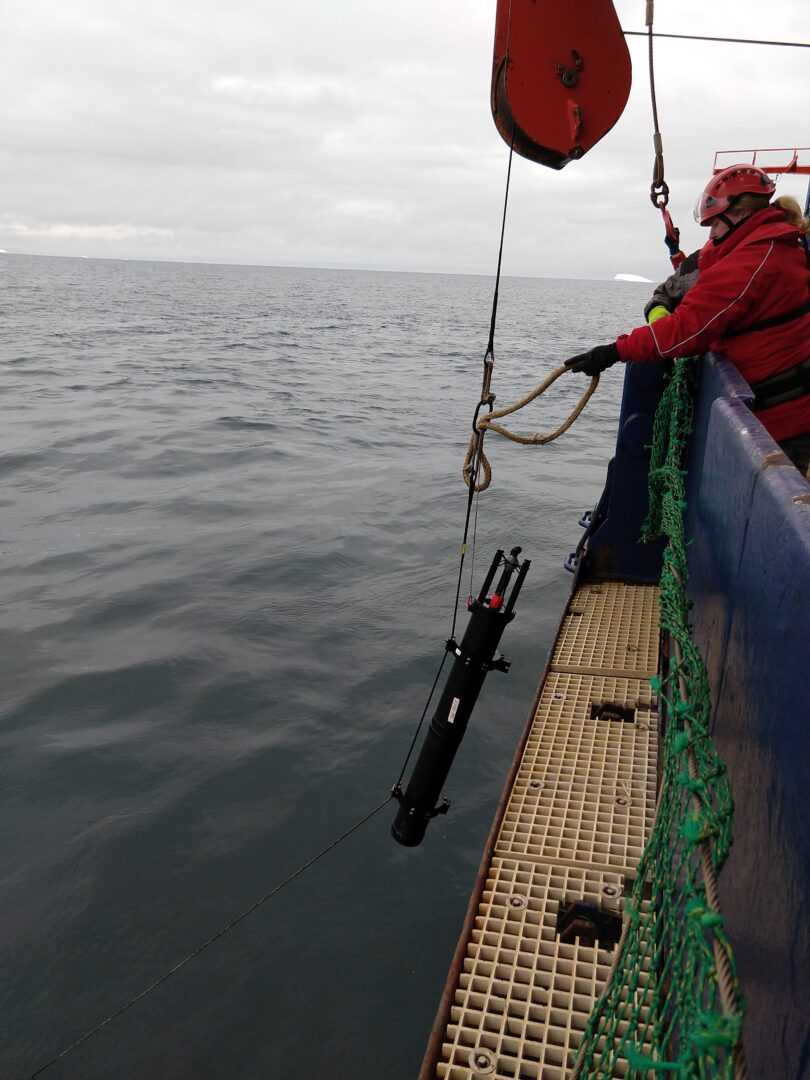
What Sound Recordings Reveal About Biodiversity
My work at the HIFMB together with my postdoc Irene Torrecilla Roca evolves around the above; firstly, we use the sounds produced by different species to measure diversity to see how this can function as a remote sensing tool for biodiversity and second we want to evaluate the acoustic quality of underwater acoustic environments, which could find application in e.g. habitat suitability studies. Acoustic diversity
has been explored and applied as tool to monitor biodiversity of sound-producing species in terrestrial environments, but to date has found surprisingly little application in the aquatic realm. Together with Helmut Hillebrand, we applied ‘regular’ biodiversity metrics to species count data (i.e., daily acoustic
presence) that were derived from recordings. Given that marine mammals form one of the dominant biotic sound sources in our recordings from the HAFOS array (the Hybrid Antarctic Float Observing System , which holds various oceanographic instruments) in the Antarctic Weddell Sea, our work focuses
on identifying the spatio-temporal patterns in occurrence of the ten marine mammal species that occur in this region. This work showed almost complete seasonal overturn of community composition for all six sites that were examined. This shows that species replace each other and that there are species present throughout the year, irrespective of local ice cover. Our next approach used the actual recordings to calculate diversity from the acoustic data directly, i.e., looking at acoustic entropy and acoustic complexity (along with 21 further acoustic metrics) and related this to information from hand-browsed data on species presence. This work showed that a combination of different acoustic metrics well characterizes marine acoustic communities. An interesting aspect of both approaches is that also archived acoustic recordings can be retrospectively analysed to evaluate how communities and diversity developed
over longer time frames.
Species-Specific Measures for the Status of Local Underwater Soundscapes
By evaluating the quality of underwater acoustic environments, we aim to develop species-specific measures for the status of local underwater soundscapes. Current indicators of Good Environmental Status Species for ambient sound are limited to two standard frequency bands only. Marine mammals, however,
hear and produce sound in species-specific frequency ranges. If these frequency bands are ‘blocked’ by other sounds, e.g., of human origin such as ships or seismic surveys, the animal cannot use the sound channel for its regular communication, and must revert to alternative strategies. It can e.g. call louder or more often or it can move away to a less noisy area, all of which with potential reproductive or energetic penalties associated to it. More detailed characterization of local soundscapes can tell us how local noise conditions may interfere in time and frequency with species-specific calling patterns and how acoustically
‘suited’ this area is for a given species.
Climate Change Affects Underwater Acoustics
Furthermore, climate-induced changes have been shown to affect acoustic structures of soundscapes in terrestrial realms. Sueur (TREE 2581, 2019) strikingly compared musicians in an orchestra where changing the thermal and humidity conditions of the concert hall will detune the ensemble and affect individual performance, to the Earth’s natural soundscapes, which also will detune due to changes in temperature e.g., through altering the vocalization rates or overall occurrence of species.
For studies in polar environments, acoustics has already proven a highly versatile tool, because of the possibility of collecting data autonomously over multi-year time spans. Likewise, I believe that for many biodiversity and conservation purposes the applications of passive acoustics are just waiting to be uncovered.
Ilse van Opzeeland
Marine Biologist and HIFMB Founding Member
